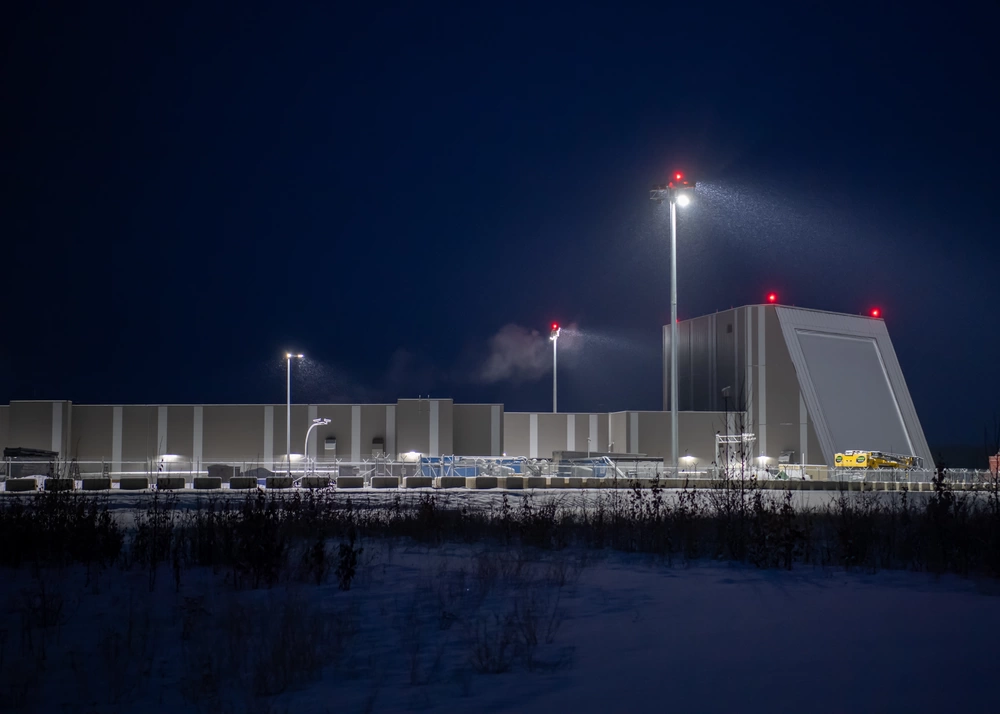Satellite RF communication has come a long way since its inception. At first, it was all beeps and signals in space, but now it’s the backbone of our global communication infrastructure, enabling everything from television broadcasts to internet connectivity. In this article, we’ll take a journey through time to understand how satellite RF communication has evolved into the modern technology we rely on today.
The Early Days
Satellite RF communication had humble beginnings. The very first artificial satellite, Sputnik 1, launched by the Soviet Union in 1957, transmitted a simple radio signal that could be heard by anyone with a compatible receiver. This was the dawn of satellite communication, and it sparked a wave of technological advancements.

The Geostationary revolution
One of the most significant breakthroughs in satellite RF communication was the concept of geostationary orbit. In 1963, the launch of Syncom 3 marked the first successful deployment of a geostationary satellite, meaning it orbited the Earth at the same speed the planet rotated. This allowed for constant communication with a fixed point on the Earth’s surface.
The Digital Age
As technology advanced, so did satellite communication. The 1970s saw the introduction of digital signal processing, which made it possible to transmit data more efficiently and with better clarity. This development was a game-changer, as it allowed for the transmission of not only voice and simple data but also high-quality images and videos.
Global Coverage
Satellite RF communication expanded its reach in the 1980s and 1990s with the launch of more satellites. This expansion led to global coverage, enabling communication in remote and underserved areas. It was during this time that satellite television became a household commodity, providing access to a wide range of programming.
Internet via Satellite
The late 1990s and early 2000s witnessed another milestone: the introduction of satellite internet. Companies like HughesNet and ViaSat offered high-speed internet access to rural and remote regions, bridging the digital divide and connecting people around the world. Satellite internet continues to be a vital service, especially in areas with limited terrestrial infrastructure.
Miniaturization and Advancements
In recent years, satellite technology has become more compact and versatile. The development of small satellites, often referred to as CubeSats, has opened up new possibilities for space exploration and communication. These miniature satellites can be launched more affordably and serve various purposes, including Earth observation and communication.
Modern Challenges and Solutions
While satellite RF communication has come a long way, it faces ongoing challenges, such as signal latency and spectrum congestion. However, advancements in technology, including the use of higher frequency bands and advanced modulation techniques, are helping address these issues. Additionally, satellite constellations, like SpaceX’s Starlink, aim to provide low-latency, high-speed internet to even more remote areas.



